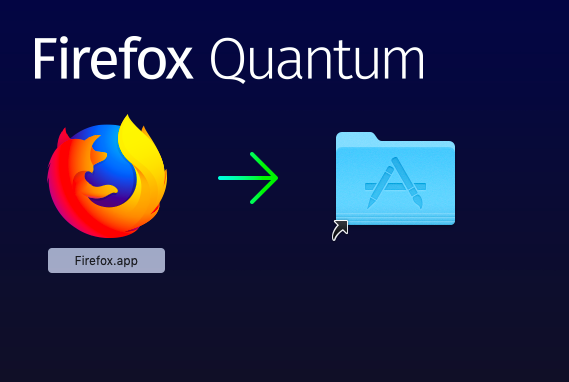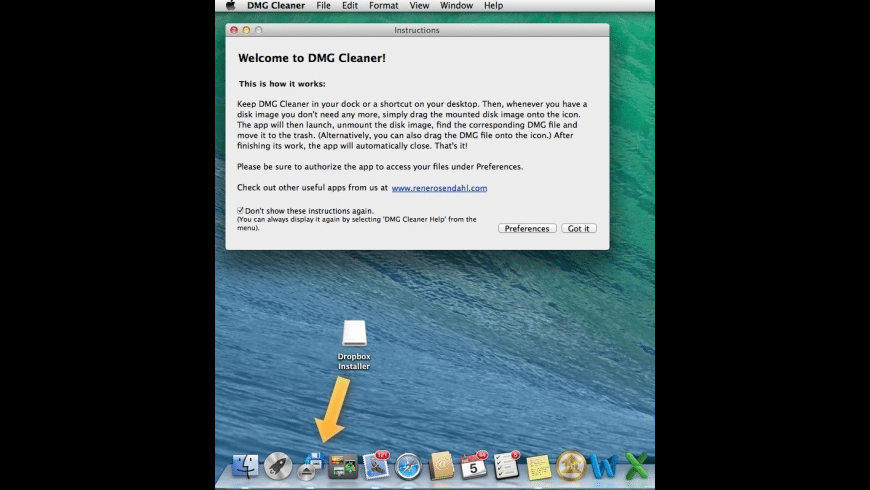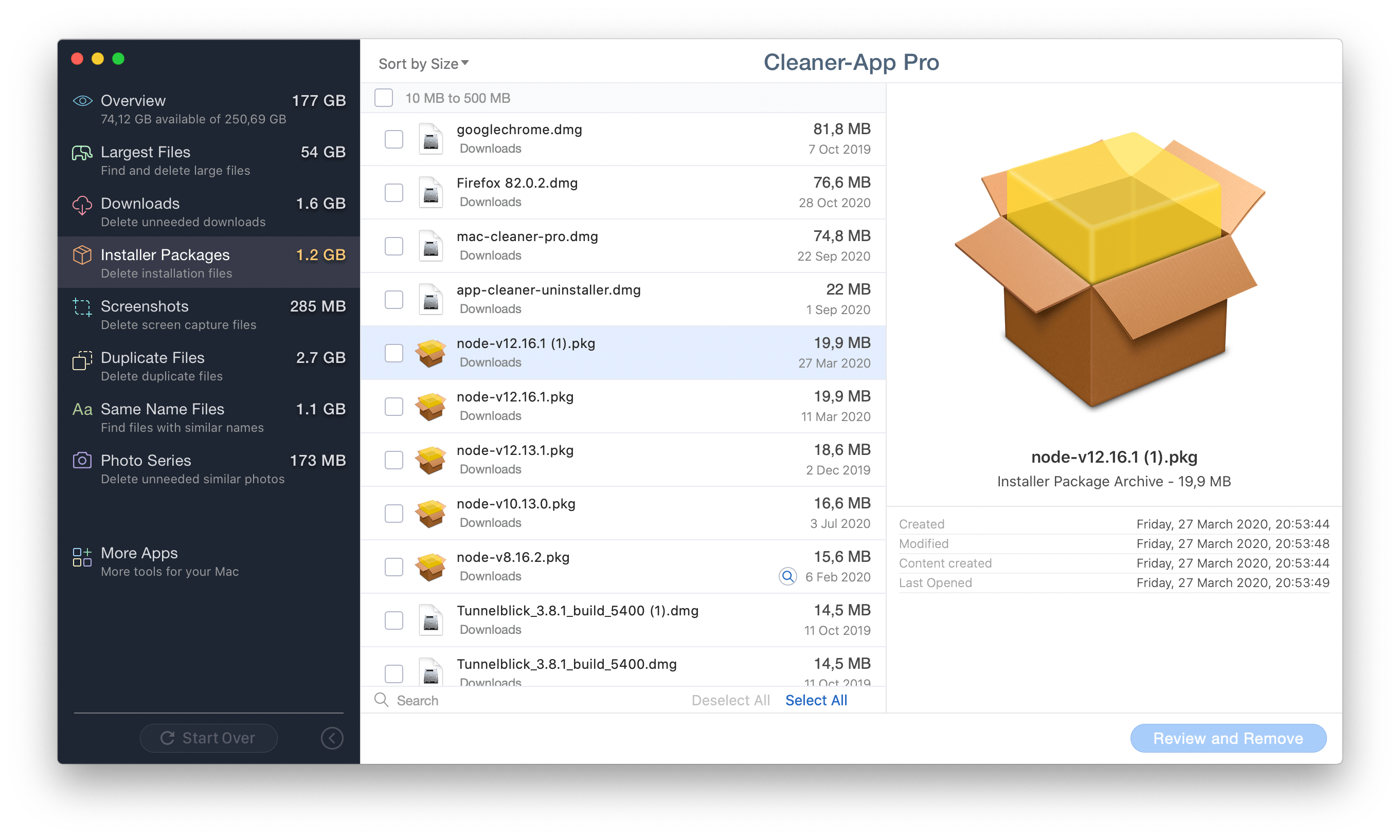

dmg files are compressed, like a zipped folder which will save your data, especially when you download large files like entire Operating Systems. dmg files is to reduce the download size. The tool goes through a phase of verifying that the file is complete before decompressing it to get a usable app. A checksum is a tool used to verify that the file is entirely intact, and it is what you would see when your. This is done using the checksum that is included in the. dmg files is to prevent the file from getting tampered with and ensure a proper download. dmg files instead of just getting the app itself. They are compressed versions of apps, so you could be questioning the point of downloading.
#Remove dmg files mac install
This will help you skip the tedious install wizard process in most Windows apps. dmg file, move them to your application folder and extract the app from them. dmg file in macOS is like a container for apps. You could opt to keep the file if you need to reinstall an app later, but no harm will happen if you delete it. The dmg file is a compressed file containing software, so once you have loaded the software, the dmg file has served its purpose.Īnd it will only be taking up additional space. Yes, you can delete a dmg file as long as you have already extracted the software. dmg files are and if you can delete them Read on to get a clear guide on the specifics of what these. dmg extension, and you aren’t quite sure you should delete it. While clearing out your storage, you must have come across a file with a. One of the best ways to manage storage is to delete any repetitive files and media to use the space for something else. This will show running apps, and lets you force-quit them if necessary - just highlight the Citrix WorkSpace App and click Force Quit.You need to be wise about how you manage space on your storage media to maximize its use. Press Cmd + Alt + Escape to see the Force Quit Applications menu. If you are Unable to find the Citrix WorkSpace App running on your MAC and if you want to forcefully quit ~/ShareFile (contains the user data synchronized by Follow Me Data)

private/var/db/receipts/.bomįile not cleaned up during uninstall that you may or may not want to delete depending on your needs: Installation information files that are okay to remove after uninstall: Library/PreferencePanes/FMDSysPrefPane.prefPane ~/Library/Application Support/ShareFile (contains user specific configurations) ~/Applications/Citrix/FollowMeData (this is a hidden folder that contains the application binary) The following locations should be cleaned up after running the uninstaller utility: You can remove the files that were not properly cleaned up by the uninstaller. You can also keep the user data that was previously synchronized on your system by Follow Me Data. The files and folders that are compatible with this feature are listed. In version 11.6, the Follow Me Data feature is integrated into the Citrix Receiver for Mac. It is important to remember that certain items mentioned in this article might not exist on your system depending on the Receiver version(s) you previously installed. Note that certain folder mentioned in the list can be hidden directories on the system. A path without a tilde refers to the system-wide version of that folder at the root of the system (e.g.

For example, ~/Library/Preferences/ refers to the Preferences folder within the user's Library folder (e.g. Under this folder, you can delete any applications you previously added via the Receiver UI.Ī tilde (~) placed at the beginning of a folder path refers to that folder’s location within the user profile. Preferences/.plist.lockfile (added in 11.6) Citrix/Receiver Integration (entire folder) If they still exist, remove them manually.

After uninstalling the Receiver and rebooting the system, ensure that the files or folders listed in this section have been removed from your system.


 0 kommentar(er)
0 kommentar(er)
